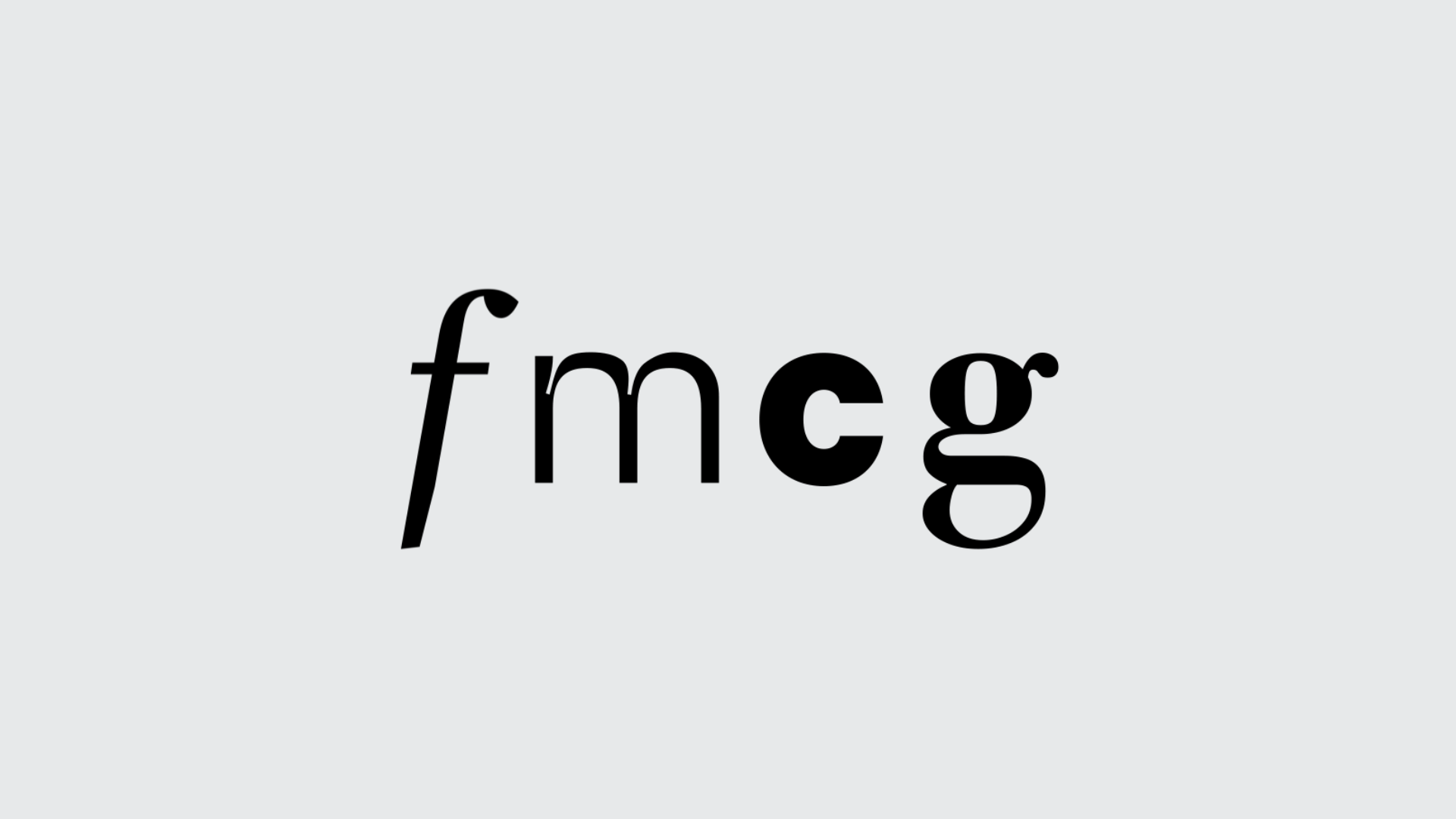FMCG packaging trends for 2022
Fast-moving consumer goods (FMCG) are relatively low-cost and usually have an expiry date. They (as the name suggests) move quickly from warehouse or supermarket shelves and into your home. Because of this, they’re usually products we ‘choose’ quickly too — based on price, value, quality and also…the packaging.
If we’re being very honest here, when standing in the confectionary aisle of your local supermarket — who meticulously reads through the ingredient list while simultaneously comparing price per kilogram? Or, who just picks the one they’re drawn to? If you’re in the latter category, you probably can’t always pinpoint why a certain brand appealed to you. It’s a culmination of what you’re seeing in other channels of communication, that informs packaging trends worldwide and eventually also — your decision.
WHAT’S TRENDING IN 2022?
Given how important packaging is in that moment of truth on the shelf – when a customer chooses you, or someone else — we thought it would be worth taking a look at what’s trending this year and why.
1. BRANDED PRODUCE
If you’re an FMCG company, then you’ll know how important packaging is to your
We’ve seen a huge upsurge in branded produce which has been even further accelerated by a little virus called COVID-19, aka the catastrophic disturbance of life-as-we-know-it. During the lockdowns and sub-sequential awareness of how easily sickness can spread, there’s been a massive increase in online grocery shopping; even for your fresh produce. Previously we’d wait until the supermarket attendant wasn’t looking and give a couple avocados a squeeze to test for ripeness, sniff some mandarins to pick the most delicious ones, examine the greenery to avoid lifeless and limp lettuce…and so on. When a vast majority of us moved to online shopping, brand recognition for fresh produce, all of a sudden became a thing. We couldn’t hand-pick from in-store so we had to choose produce based on their packaging and branding. That’s where this trend really started to gain momentum, all round the world. The Minnesota HQ for Robinson Fresh (a division of logistics giant C.H. Robinson) announced that it was beginning to ship fresh produce under its own brand name, and they’re not the only provider following suit with this trend. A study conducted by Foodmix Marketing of more than 1,000 produce shoppers among the Boomer, Gen X, Millennial and Gen Z generations, found that more than half of consumers find it important to shop for specific brands in the produce department versus non-branded products.
There are some really beautiful iterations of this trend developing in-market, both here in Australia and overseas. The Gotham Greens packaging as an example;
“Given the global issues surrounding conventional agriculture, it was important to help differentiate the brand among a field of greens in the produce aisle. Gotham Greens’ innovative approach to resource conservation and their brand mission are at the forefront of the design strategy. Gotham Greens’ packaging reflects its place in the market as an imaginative, pioneering brand with a focus on quality, innovation and education.”
So when consumers are choosing their salad ingredients, there’s more to consider than just the way it looks on display. This trend is changing the way we shop for and choose fresh produce and we have to say, we’re on board with it.
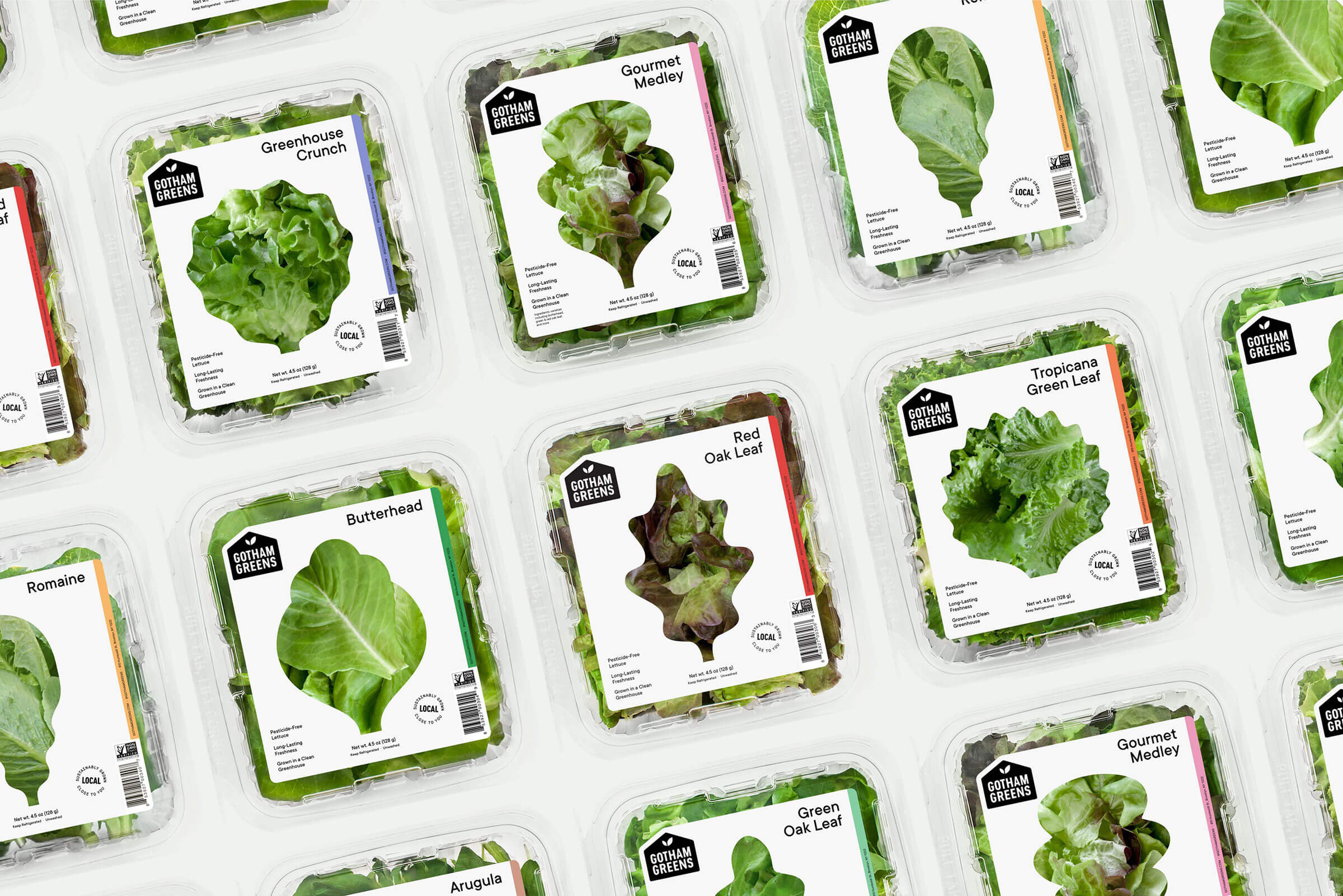
2. SUSTAINABLE PACKAGING
Let’s talk about shampoo…we all use it (well most of us, no judgment if you don’t). You’ll usually grab whatever is on sale in the toiletries aisle or maybe you get that fancy one from your hairdresser. Either way, most shampoo products have one thing in common; they come in some form of plastic bottle. Which of course we all know, is a non-biodegradable material. Meaning, it doesn’t break-down in the environment. There’s micro-plastic everywhere! So, you can understand why HiBAR wants to be a little different when it comes to shampoo packaging. They’ve completely re-thought the product altogether. Instead of liquid in a plastic bottle, it’s a solid (quite beautifully shaped) block that comes in cardboard packaging. And yes, they make conditioner too. Everything is chemical-free, vegetable-based and salon-quality product and wow do we even need to hear anymore!? That’s clever packaging and branding on so many levels.
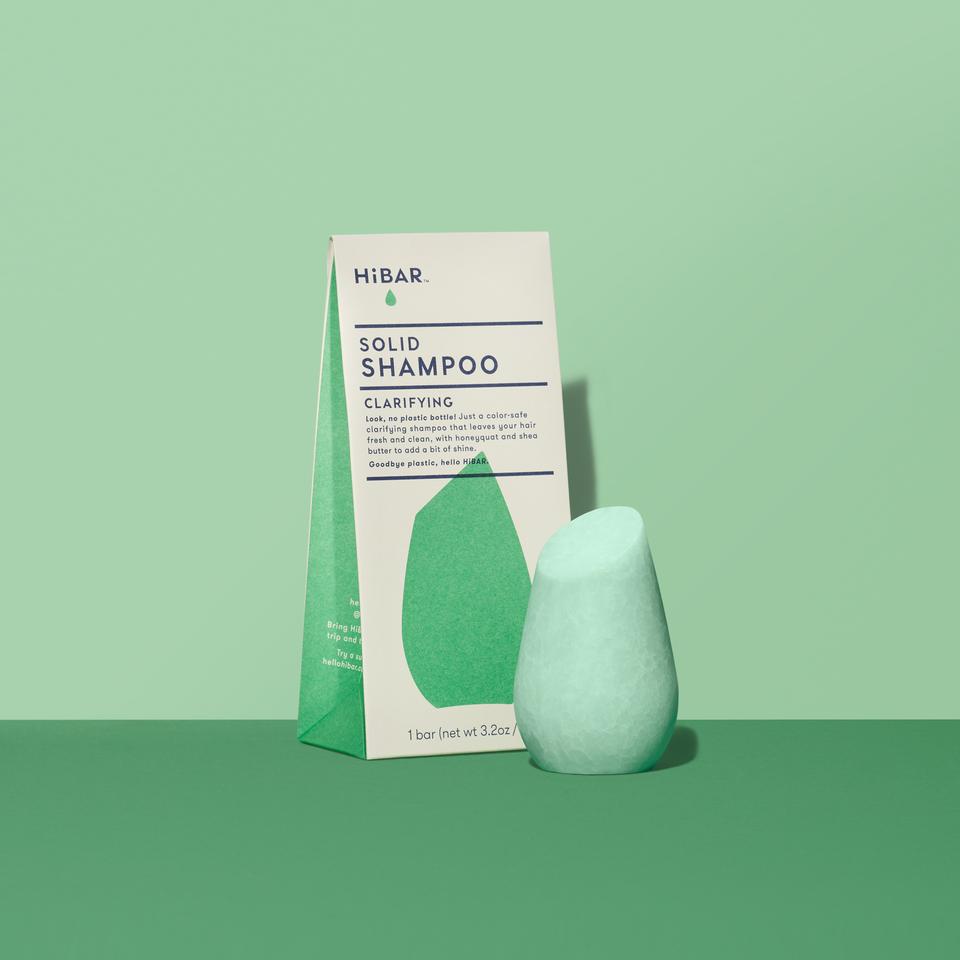
3. DOES YOUR PACKAGING TELL A STORY?
As branding experts, we know that finding ways to tell your brand story is imperative. Shout it from the rooftops. Tell that story whenever and wherever you can, even (or especially) through your packaging. A great example of this played out in the New Zealand’s Made with Care campaign in the United States. What a stellar example of brand storytelling. The campaign intended to raise awareness for New Zealand’s food and beverages industry and highlight how the country is a viable and trusted global food source. By incorporating QR Codes on the packaging of their free-range grass-fed meat, they were able to direct consumers to farmers’ stories and the farm of its origin. Which actually brings us to our next packaging trend…
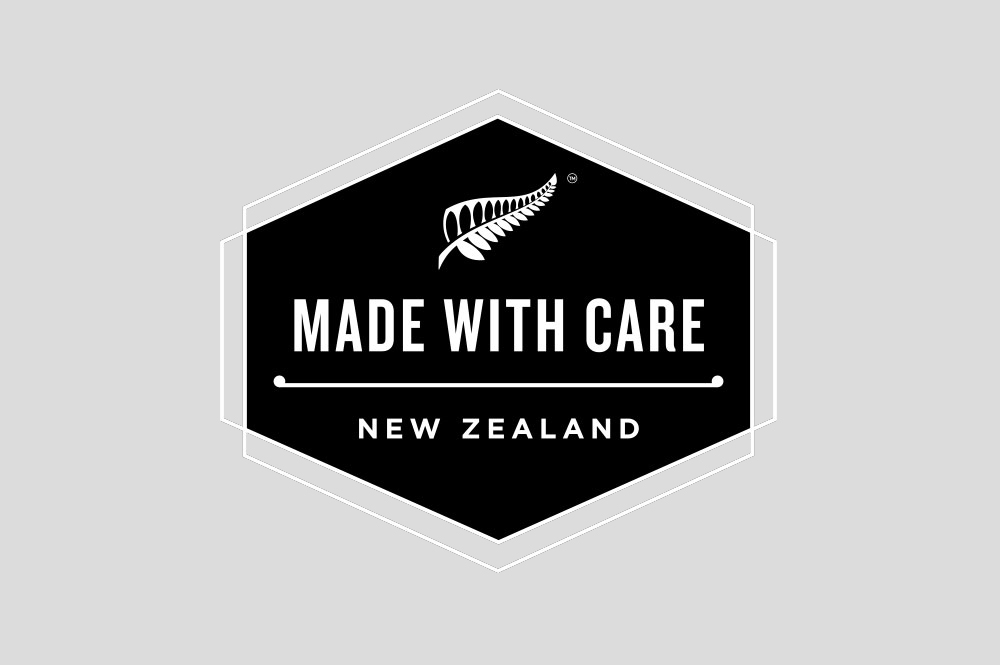
4. TRANSPARENCY
As mentioned earlier, people really care about their own choices and the impact that has on our planet. They want to know that where possible, they’re making ethical and healthy choices. The whole ‘paddock to plate’ movement has been around for a while but translating that story to FMCG packaging is a little newer as a concept. Welcome the best friend of COVID check-ins…the QR code. Yep that’s right, we can use them for other things too. Including this packaging piece. As indicated by the World Economic Forum (and by us…twice in this article), there’s a huge demand for consumers to know a product’s journey — from manufacture to point of sale. Obviously it’s tricky to get all that information on a tiny label, so the QR code is really helpful here. And there are already a lot of brands making use of this technology in their packaging; such as skincare beauty brand cocokind. This idea is integrated into their brand values — one of which is — ‘we measure and share our carbon footprint on every label’. This value is translated tangibly by the all fabulous QR Code. Placed on the package, the code drives consumers to a dedicated landing page where they can learn more about their sustainability efforts.
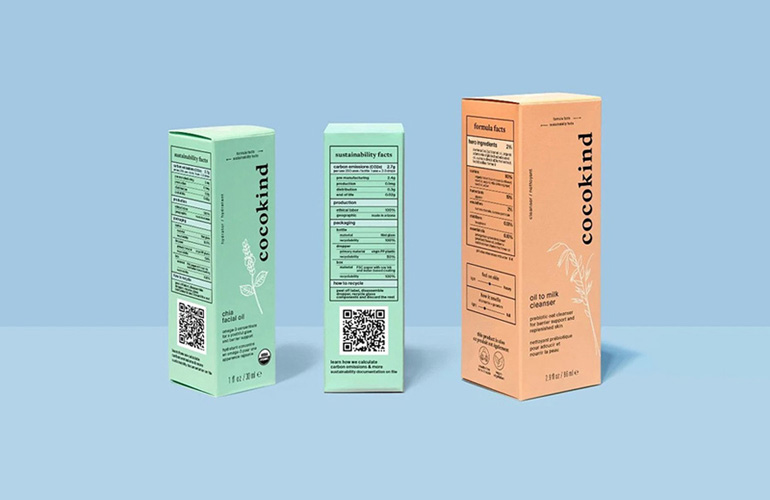
5. TURN YOUR PACKAGE INTO ART
This one is a little more surface level because even though we like to think people make deeply informed decisions, when it comes to it — they also do judge a product by its package. Especially when it comes to the FMCG category of snack food. As we become more busy, have less time to ponder decisions related to snacking and more of a need for grab-and-go solutions; snack packaging is changing dramatically. It needs to communicate a message while also looking pretty and cleverly eye-catching. Like the artwork for the Wellington Chocolate packaging which is almost as decadent as the treat itself.
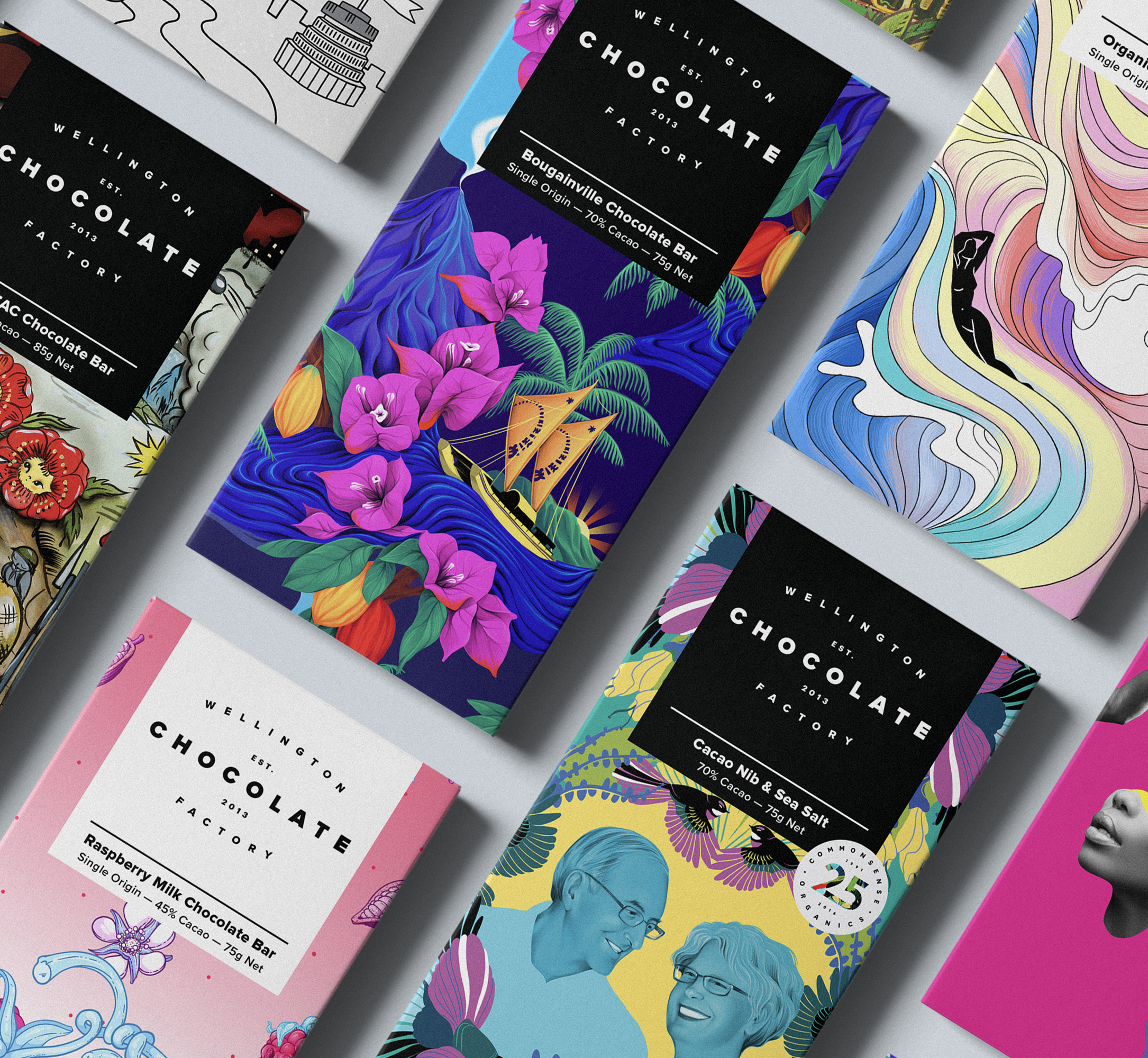
The main takeaway from all this is really just to be creative and make the most of your packaging. Push the boundaries, think outside the box. Find ways to use your packaging to tell a story, to draw the customer in or at least to engage with them and pique their interest in some way. We hope this has been a little (or a lot) inspiring for you to read and it gets those creative juices flowing.
If you have a topic you’d like us to tackle, contact us and let us know.

